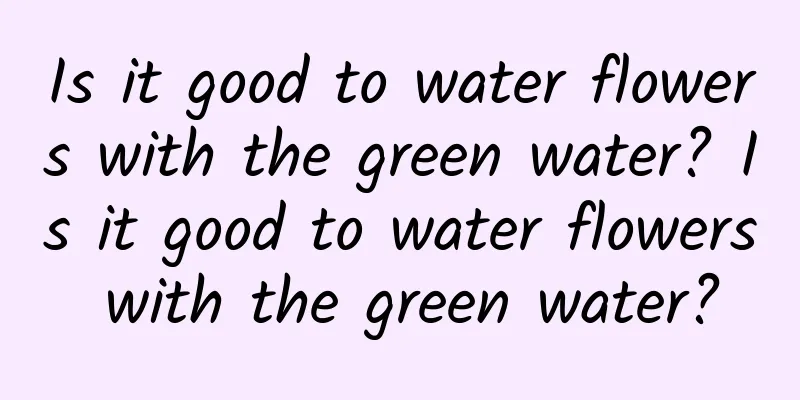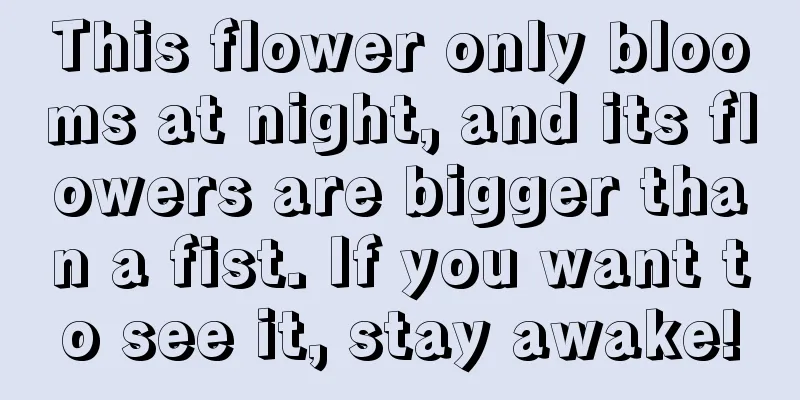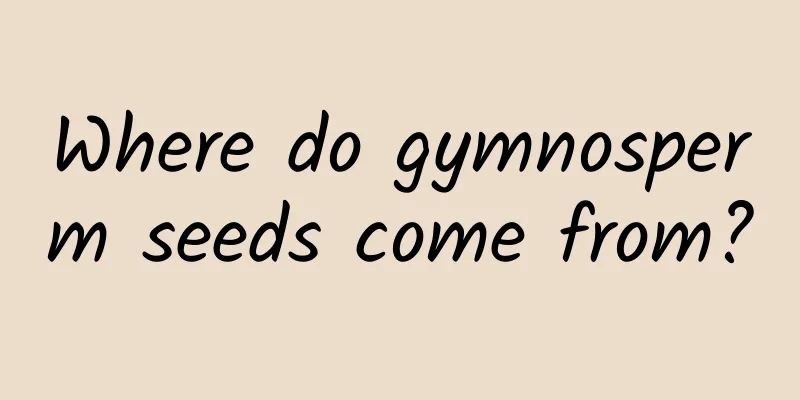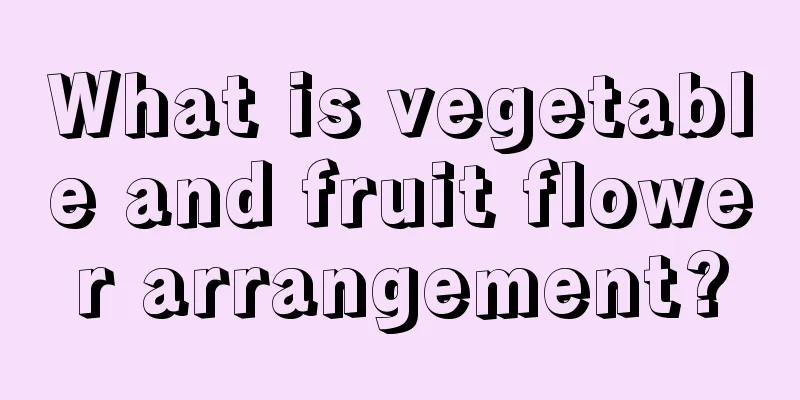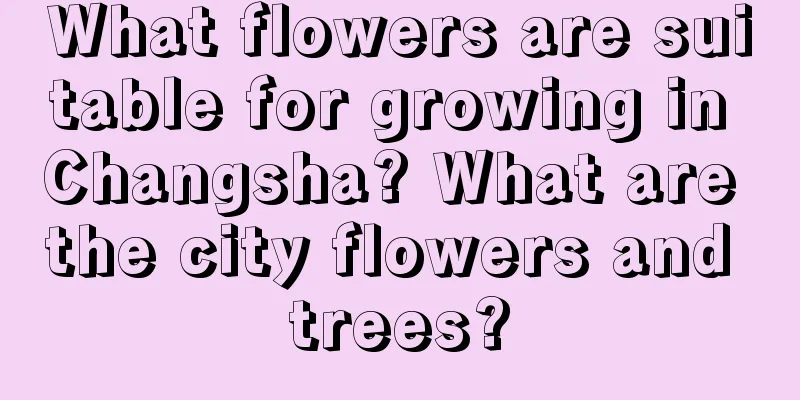The main value of the gold button
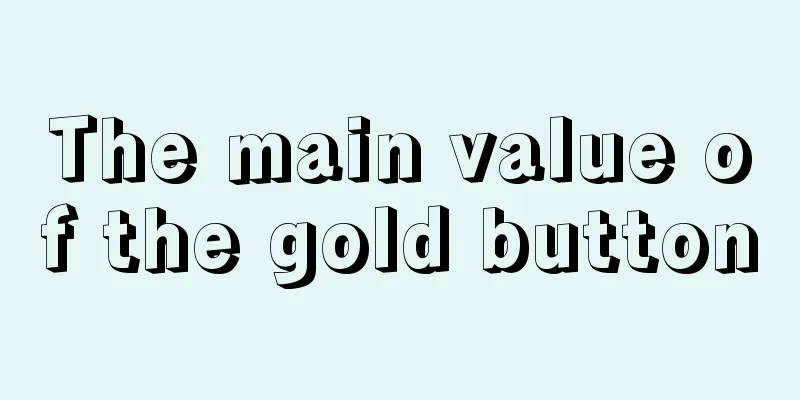
The main value of the gold button: ornamentalGolden Button is a perennial succulent plant of the Cactaceae family. The stem is thin and cylindrical, 1.5-2.5 cm thick, 1.5 meters high, many branches, climbing or creeping, bright green, with 16-18 low ridges, and covered with golden bristle-like spines. A single plant looks like a golden monkey's tail, and the whole plant looks like a group of snakes gathered together. The flowers are lateral, funnel-shaped, with pink inner petals and orange-red outer petals with bright red stripes. The golden button thorns are hard, slightly short, and golden in color. The flowers of the golden button are rose-red and easy to bloom. They can continue to bloom throughout the summer and into autumn. The flower shape is similar to that of the fairy finger, but the flowers of the golden button are larger and will continue to bloom and will not close at night. The golden button is cross-pollinated, and the ripe fruits are hidden among the soft thorns. The golden button is bright green when young, and then turns gray-green. It has 10-14 shallow ridges and 10-20 radial spines. The new spines are red and then turn yellow to brown. It blooms in April and May. The flowers are symmetrical on both sides, pink in color, open during the day and closed at night. The berries are spherical and red. The golden button has 10-12 rigid radiating spines; the new spines are light red, while the old spines are yellowish brown. The long, deformed stem resembles a mouse's tail and is very peculiar. The golden button usually blooms in April and May. The pink flowers open during the day and close at night, which is very interesting. The main value of the gold button: economic useThe golden-button whip-like stems are golden and attractive, and the furry red flowers are beautiful and refreshing. It is an excellent variety for balcony maintenance and room decoration, and has high economic value. The long, deformed stem of the golden button looks like a mouse's tail, which is very peculiar. It is also a good choice to plant it in a small garden. |
<<: The Flower Language and Legend of the Golden Button
>>: The special effects of carnation tea
Recommend
Can jasmine be exposed to rain? Are you afraid of rain?
Jasmine is water-loving and likes to grow in a re...
The Cultural Legend of Daxuesu
The Legend of Daisetsu - The Flower of the Royal ...
How to judge whether the Yale Dance is lacking water
1. Pot soil condition Before watering it, it is b...
How to grow cyclamen
1. Soil Cyclamen is a bulbous flower that blooms ...
The meaning and symbolism of stones, the meaning of giving stones as gifts
1. Gemstones 1. Garnet: Its color is red, which m...
When does gardenia bloom? Why does gardenia not bloom?
1. When to open Gardenia is widely distributed in...
The efficacy and function of pitaya
1. Prevent vascular sclerosis Its fruits contain ...
Can pure water be used to water flowers? Effects and methods of watering flowers
Can pure water be used to water flowers? Purified...
Cultivation methods and precautions of iron chopsticks
1. Astigmatism The helleborus likes plenty of dif...
How to grow Jabuticaba potted plants
1. Maintenance methods 1. Light: Jabuticaba is a ...
Cultivation methods and precautions of Zisun ball
How to reproduce the offspring ball It is relativ...
What flowers are suitable for growing in Chuxiong? What are the city flowers and trees?
1. Climate characteristics of Chuxiong Chuxiong h...
What soil is best for growing aloe vera?
Aloe vera has strong adaptability to the environm...
Rose pruning methods and techniques
1. Winter pruning Winter is the dormant period fo...
How to grow snapdragon so that it blooms out of the pot?
Snapdragon is also called dragon head flower, lio...
